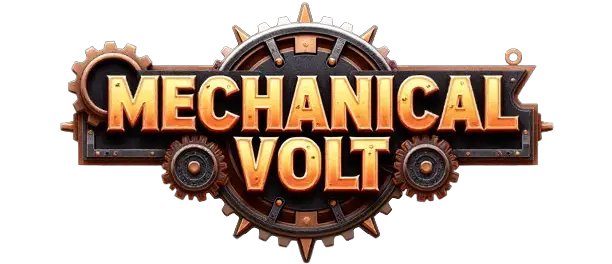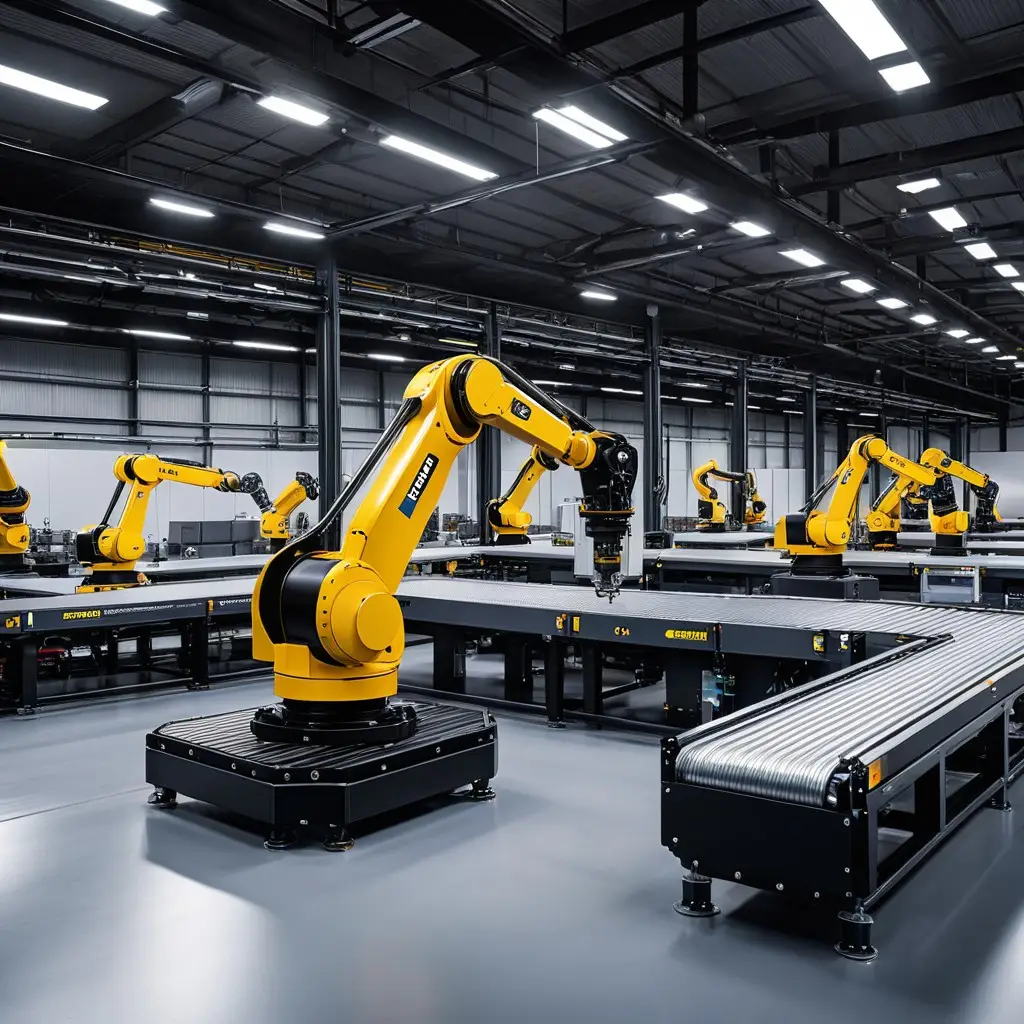The manufacturing industry has undergone a dramatic transformation in recent years, thanks to advancements in automation. With the rise of robotics, artificial intelligence (AI), and smart technologies, automation is playing a pivotal role in reshaping production processes across industries. In this article, we explore how automation is revolutionizing modern manufacturing, improving efficiency, reducing costs, and enhancing product quality.
1. What is Automation in Manufacturing? 🤖
Automation in manufacturing refers to the use of technology to perform tasks without human intervention. It includes a wide range of processes such as:
- Robotic Arms: Machines designed to perform repetitive tasks such as assembling components.
- AI and Machine Learning: Software systems that analyze data and make decisions to optimize manufacturing workflows.
- Smart Sensors and IoT Devices: Devices that gather data and allow machines to adapt and improve performance autonomously.
The goal of automation is to streamline processes, increase production speed, and reduce human error. These advancements are enabling manufacturers to meet global demand more efficiently.
2. Key Benefits of Automation in Manufacturing 🏭
The integration of automation into manufacturing processes offers numerous advantages that are transforming industries:
Increased Efficiency
- Faster Production: Automated systems can work 24/7 without breaks, significantly increasing the production output.
- Precision and Consistency: Robots and machines can produce high-quality, consistent products at scale without the variability associated with human labor.
Cost Savings
- Labor Reduction: With machines handling repetitive tasks, manufacturers can reduce labor costs while reallocating human resources to more strategic roles.
- Lower Maintenance Costs: Automation systems often include self-monitoring capabilities that predict maintenance needs, reducing downtime and costly repairs.
Improved Safety
- Reduced Human Risk: Dangerous or hazardous tasks can be carried out by machines, keeping workers safe from accidents or exposure to harmful environments.
- Real-Time Monitoring: IoT-enabled devices can monitor equipment health in real-time, preventing accidents and ensuring smooth operations.
3. Types of Automation in Manufacturing 🛠️
Several types of automation are shaping modern manufacturing. Let’s take a closer look at some of the most commonly used methods:
Fixed or Hard Automation
- Description: Involves the use of specialized equipment designed for mass production of a single product.
- Examples: Automotive assembly lines with robotic arms that perform tasks like welding and painting.
Flexible Automation
- Description: Allows for changes in the production process without requiring extensive reprogramming of machines.
- Examples: Automated machines that can switch between different products or components on the same production line.
Programmable Automation
- Description: Uses software to program machines for batch production.
- Examples: 3D printing in manufacturing that can be reprogrammed for different product designs.
4. How Automation Enhances Quality Control ✅
One of the key challenges in manufacturing is maintaining consistent product quality. Automation addresses this challenge by:
- Precision Measurement: Automated systems equipped with sensors and cameras can detect minute defects in products that may be missed by human inspectors.
- Real-Time Data Analytics: AI and machine learning systems continuously monitor production data to identify patterns, ensuring that defects are detected and corrected immediately.
- Reduced Human Error: Automated machines perform tasks with high precision, reducing the risk of mistakes that could compromise product quality.
5. Case Study: Automation in the Automotive Industry 🚗
The automotive industry has been a leader in adopting automation technologies, revolutionizing the way cars are built. Here’s a look at how automation is improving manufacturing in this sector:
- Assembly Line Robotics: Robots perform a variety of tasks such as assembling parts, welding, and installing components, allowing manufacturers to meet high production demands while maintaining high quality.
- AI-Powered Predictive Maintenance: By using AI to predict machine failure, automotive manufacturers can schedule maintenance and repairs before breakdowns occur, reducing downtime and maintenance costs.
- Supply Chain Automation: Automated inventory systems help keep track of parts and materials, ensuring that production lines are never delayed due to stock shortages.
6. Challenges of Implementing Automation 🛑
While automation offers significant advantages, it also presents certain challenges, including:
Initial Investment Costs 💰
- Implementing automated systems often requires significant upfront capital investment in machinery, software, and training.
Workforce Displacement 😟
- Automation may lead to job displacement for workers whose tasks are replaced by machines. Manufacturers must balance automation with upskilling programs for employees to transition to new roles.
System Integration 📉
- Integrating automated systems with existing machinery and processes can be complex and time-consuming, requiring careful planning and testing.
7. The Future of Automation in Manufacturing 🔮
The future of automation in manufacturing is bright, with several exciting trends on the horizon:
AI and Machine Learning Advancements 🤖
- As AI and machine learning algorithms improve, manufacturing systems will become even more intelligent, making real-time decisions to optimize production.
Collaborative Robots (Cobots) 🧑🤝🤖
- Unlike traditional robots that work in isolation, cobots are designed to work alongside humans, enhancing worker productivity while maintaining safety.
Smart Factories 🏭
- The rise of Industry 4.0 will lead to more connected and automated factories, where IoT devices, sensors, and AI systems work together to create efficient, self-optimizing production lines.
Conclusion
Automation is fundamentally transforming modern manufacturing, unlocking opportunities for increased productivity, improved quality, and reduced costs. As the technology continues to evolve, the future of manufacturing looks promising, with new advancements in AI, robotics, and smart systems paving the way for more efficient and sustainable production processes.
By embracing automation, manufacturers can remain competitive in a rapidly changing global market, driving innovation and achieving new levels of operational excellence.
Internal Links:
External Links:
- Discover more about Automation in Manufacturing on Automation.com.
- Explore Industry 4.0 innovations on IndustryWeek.

